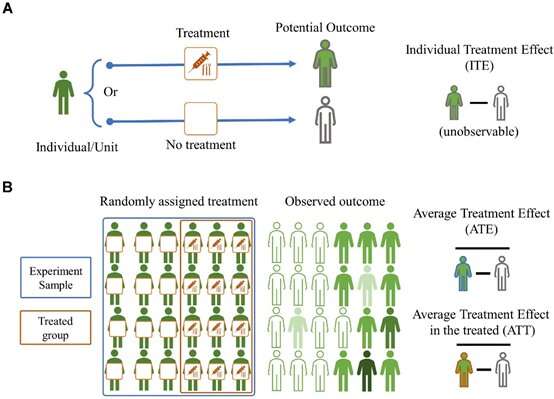This article has been reviewed according to Science X's editorial process and policies. Editors have highlighted the following attributes while ensuring the content's credibility:
fact-checked
proofread
Advancing causal inference in clinical neuroscience research

In a perspective published in Psychoradiology, researchers from Shanghai Jiao Tong University confronted causal inference in clinical neuroscience research and advocate for more clarity and transparency in causal analyses. The review distinguishes between traditional statistical analysis and causal inference, highlighting the need for specific causal assumptions, like the Stable Unit Treatment Value Assumption (SUTVA).
Randomized controlled trials (RCTs) are considered the gold standard for estimating causal effects. The authors stress the importance of imitating RCTs in observational studies through quasi-experimental techniques, given the constraints on RCT data availability due to ethical concerns. In observational studies, researchers grapple with controlling intervention assignments and justifying causal assumptions. Breaches of these assumptions could cause imbalanced covariates between treatment and control groups, needing statistical methods to create balance and replicate RCT results.
The definition of intervention in clinical neuroscience extends beyond medication administration to include brain stimulation or targeted surgery, demanding a multivariate mechanistic approach for causal inference. The authors advise researchers to provide detailed information about their causal formulation of research questions, including study type, causal effects, and observed outcomes. They emphasize the necessity of justifying causal assumptions and performing sensitivity analysis to evaluate results' robustness.
This review highlights the challenges and opportunities in advancing causal inference in clinical neuroscience research. By adopting clear and transparent practices in conducting and reporting causal analyses, researchers can improve the rigor and interpretability of their findings. This interdisciplinary effort will contribute to a better understanding of causal relationships in clinical neuroscience and facilitate evidence-based decision-making in the field.
More information: Qing Wang et al, Claim causality with clarity, Psychoradiology (2023). DOI: 10.1093/psyrad/kkad007


















